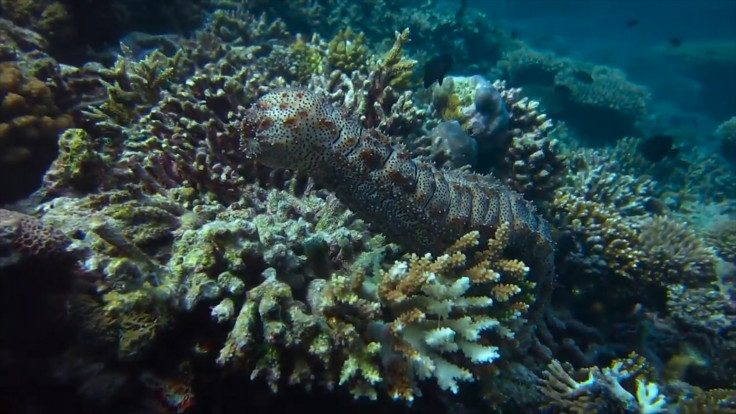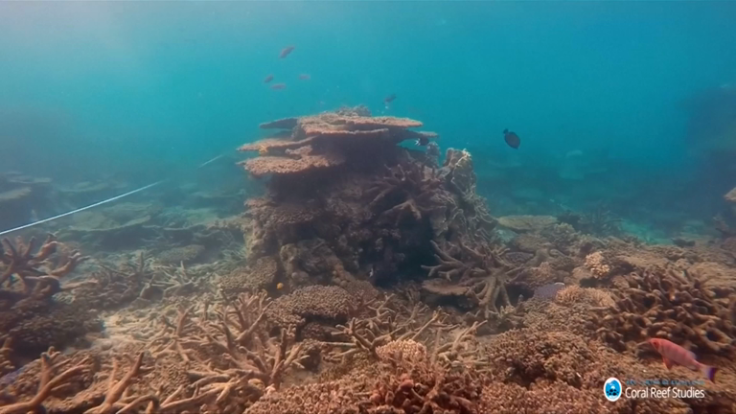Can the dying Great Barrier Reef 'heal itself' as it struggles against global warming?
Global warming and rising ocean temperatures have to be reversed for it to happen.

It may still be possible for the Great Barrier Reef (GBR), the largest living organism in the world, to recover from its bleaching and damage. Scientists have identified what they are calling a life support system that could still save the dying reef.
After its worst bleaching event in 2016, which killed 25% of the Great Barrier Reef, it went through another round of bleaching this year due to increasingly warm ocean temperatures. There were even reports that said the reef was irreparably damaged.
However, a team of scientists from the University of Queensland, CSIRO, Australian Institute of Marine Science and the University of Sheffield have found what they are calling "source reefs" that could sustain the organism and produce larvae to help the reef recover. The GBR is made of over 3,800 individual reefs and stretches to about 2,300 km along Australia's East coast, the Guardian reports.
The source reefs that the team found have been labelled "robust source reefs" and there are 112 of them. This makes up for only about 3% of the entire system, but they have "ideal properties to facilitate recovery" and spread fertilised eggs throughout most of the GBR.
"Finding these 100 reefs is a little like revealing the cardiovascular system of the Great Barrier Reef," said Prof Peter Mumby, from the University of Queensland's school of biological sciences and ARC Centre of Excellence in Coral Reef Studies. To qualify to be a part of the life support system, the source reefs have to be consistently well connected to other reefs and should be less vulnerable to outbreaks of crown-of-thorn starfish infestations.
"It gives us a bit more hope that the capacity for the barrier reef to heal itself is greater than we expected," said Mumby. "The Great Barrier Reef is about the size of Italy and at any given time there are patches that have been damaged and patches that are pretty good, so it has an ability to heal itself if you like."
Until recently, scientists did not fully comprehend how the reefs are connected by ocean currents, he added.

Ocean circulation simulations were reportedly used to gain an understanding of the way the reef was connected through currents. A total of 208 networks were identified and through them, the 112 strong source reefs could cover nearly half the GBR. Researchers have, however, also found that this system is not perfect and that, "there are areas in the northern barrier reefs where there are relatively few of these reefs identified."
"That makes me wonder whether reefs in the far north can really be kept alive by being replenished from the south," said Associate professor John Alroy, from Macquarie University's department of biological sciences.
Alroy also noted that this "robust source reef" model did not take into consideration the ever worsening threat of global warming. He said rising water temperatures will kill even the robust patches anyway.






















